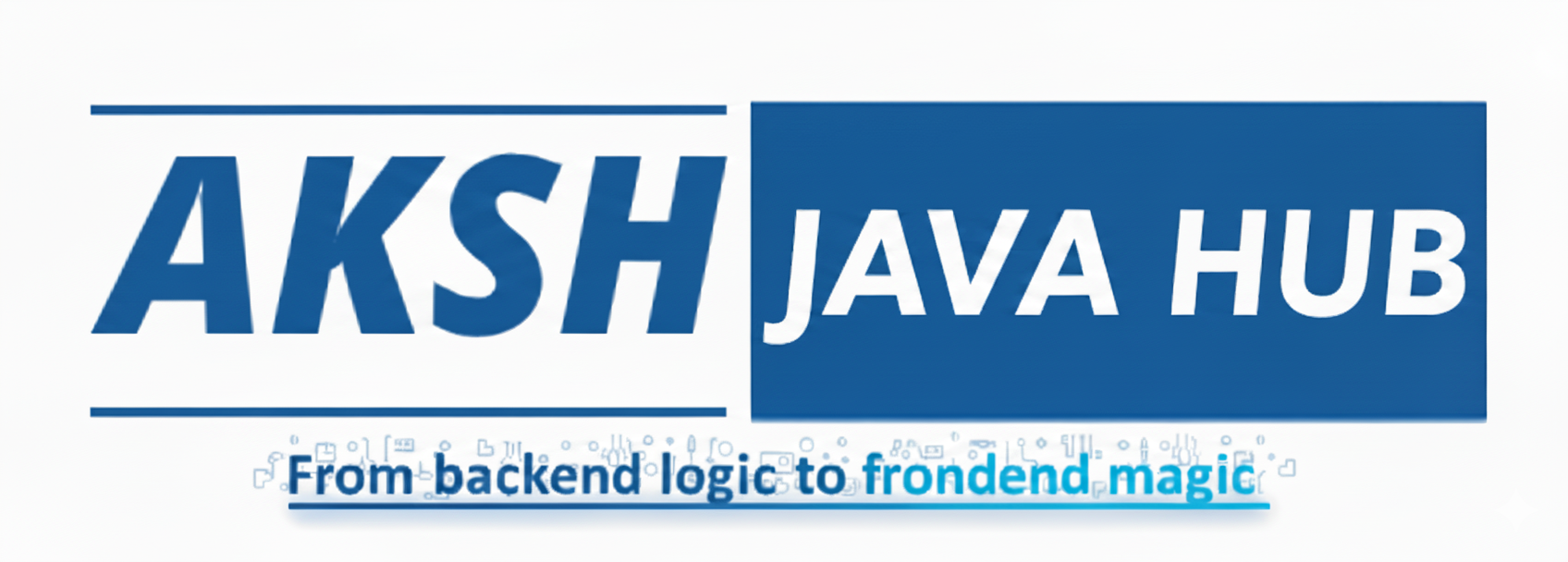DevOps with AWS Path
Learn to build, deploy, and manage modern applications on the AWS cloud.
1. What is DevOps?
DevOps is a set of practices, tools, and a cultural philosophy that automate and integrate the processes between software development and IT teams. It emphasizes collaboration and communication to enable organizations to deliver applications and services at high velocity.
2. The DevOps Culture (CAMS)
CAMS stands for Culture, Automation, Measurement, and Sharing. It represents the core values of DevOps. **Culture** of collaboration, **Automation** of the software delivery pipeline, **Measurement** of performance and metrics, and **Sharing** of knowledge and tools.
3. The DevOps Lifecycle
The DevOps lifecycle is a continuous loop of phases: Plan -> Code -> Build -> Test -> Release -> Deploy -> Operate -> Monitor, with a feedback loop connecting them all. This continuous nature is the heart of delivering software faster and more reliably.
4. Introduction to AWS
Amazon Web Services (AWS) is a comprehensive cloud platform offering over 200 services. For DevOps, key services include EC2 (compute), S3 (storage), VPC (networking), IAM (security), and the suite of developer tools like CodePipeline.
5. AWS CLI & IAM Basics
The AWS Command Line Interface (CLI) is a powerful tool for managing your AWS services from the terminal, essential for automation. IAM (Identity and Access Management) is used to securely manage access to AWS services and resources by creating users, groups, and roles with specific permissions.
6. Linux Command Line Basics
A strong foundation in the Linux command line is non-negotiable for DevOps. Mastering commands for navigation (`cd`, `ls`), file manipulation (`cp`, `mv`, `rm`), text processing (`grep`, `sed`), and permissions (`chmod`) is essential for managing servers.
7. Shell Scripting
Shell scripting allows you to automate repetitive tasks on a server. Writing scripts in Bash to install software, configure services, or perform backups is a fundamental DevOps skill.
8. Networking Basics (VPC, Subnets)
Understanding basic networking is crucial. In AWS, this means learning about Virtual Private Clouds (VPCs) to create isolated networks, Subnets for partitioning, Route Tables for directing traffic, and Security Groups to act as firewalls.
9. Agile vs DevOps
Agile is a development methodology focused on iterative development and customer feedback. DevOps is a culture and practice that extends Agile principles beyond development to include operations, automating the delivery pipeline.
10. Overview of the Toolchain
The DevOps toolchain is the set of tools used to implement the DevOps lifecycle. This includes tools for version control (Git), CI/CD (Jenkins, AWS CodePipeline), containerization (Docker), configuration management (Ansible), and monitoring (CloudWatch, Prometheus).
